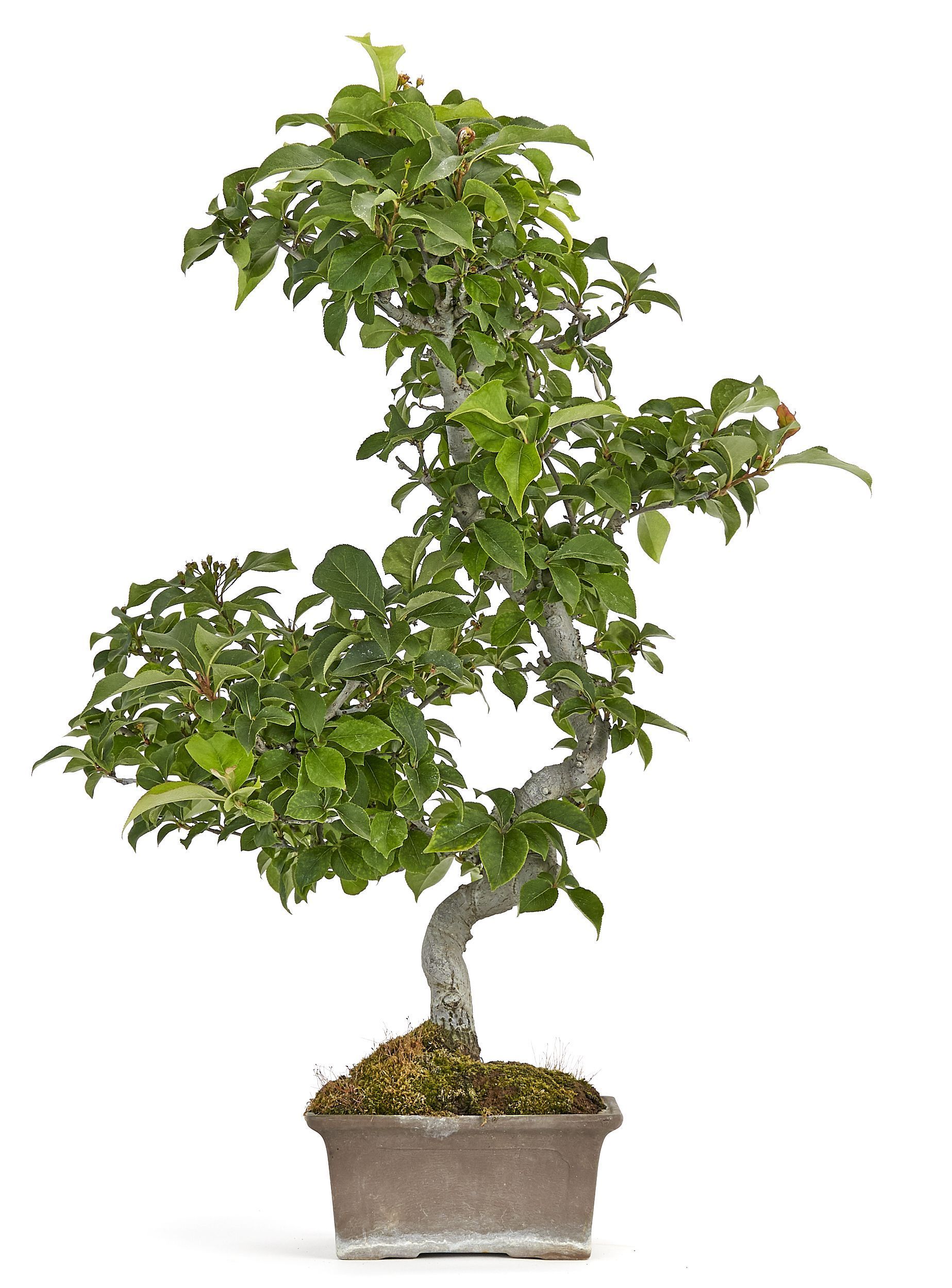Characteristics
Evergreen tree or shrub that can reach ten meters high. Its alternate and simple leaves are red when they are new and take on green tones as time passes. The white flowers form dense spikes or spherical groups that when ripen, in early fall, give rise to fleshy red fruits.
Location
Outdoor plant, that needs to be in full sun to favour an abundant flowering. In times of frost, it is recommended to place them under cover since they are sensitive to low temperatures.
Watering
Shrub that needs a lot of humidity of its substrate, without flooding it. We will water abundantly when we observe that the surface of the soil is dry.
Fertilization
From spring to mid-autumn with organic fertilizer or liquid NUTRIBONSAI from MISTRAL, applied every two weeks through irrigation water.
Re-potting
Every 2 or 3 years, in early spring, just a bit before the beginning of the annual budding. After transplanting it is convenient to water with a solution of VITABONSAI from Mistral Bonsai, to accelerate the recovery of the tree.
Substrate
A mixture of 6 parts of Akadama, with 4 parts of volcanic gravel can be used; otherwise Mistral Bonsai TERRABONSAI can also be used.
Pruning and pinching
Pruning
In early spring.
Pinching
Throughout the growing season we can perform light pinching to get a denser cup.
Wiring
It is not a bonsai to which the wiring of its branches is practiced much. However, in case of doing so, it is advisable to do it before the sprouting.
Curiosities
The best-known species within this genus is Photinia serratifolia, and its name Fotinia derives from the Greek word that means “gleaming,” alluding to its bright foliage. The specific “serru-lata” refers to the fine serration shape of its leaves.

